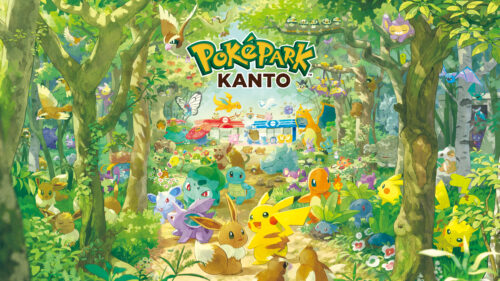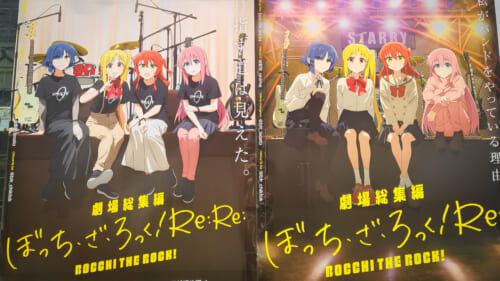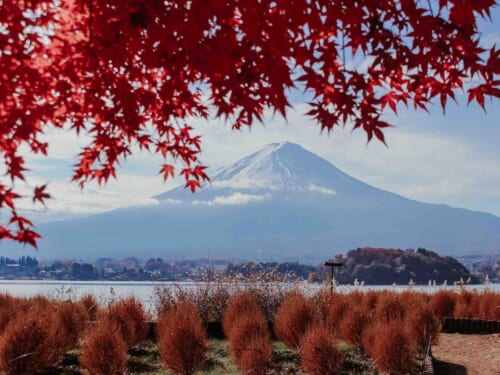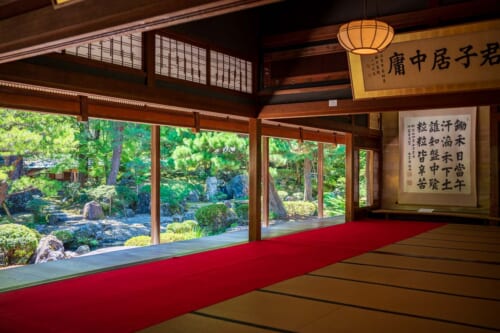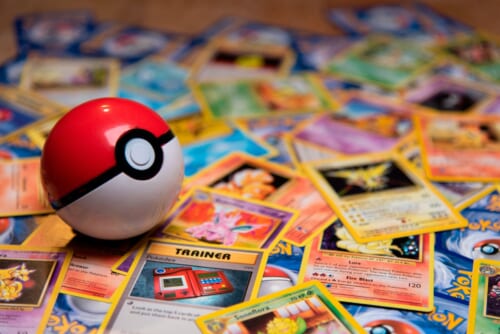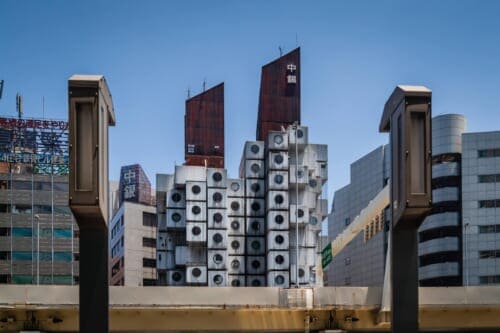Collecting anime figures, also known as statues or figurines, can come across as a daunting hobby. For quite some time, it’s carried with it a stigma strongly associated with the most negative concepts of a nerd, or rather an otaku stereotype. And, despite the Japanese animation popularity boom sweeping away this stigma, whether because of classic mainstay Ghibli titles or more recent hits like Demon Slayer: Kimetsu no Yaiba (鬼滅の刃), the barrier to entry for figure collecting can still feel toweringly high.
So what scares potential collectors away, if not the culture? Probably, it’s because it’s just so gosh-darn expensive!
Or, at least, that’s what one might think.
The Scary Expense of Collecting Anime Figures
The anime (or video game and manga) figure collecting scene tends to turn a few heads when the price tag enters the picture. Premium figure releases for popular series and characters can start at the ¥10,000 and go up from there. For example, the currently-airing My Teen Romantic Comedy SNAFU’s (やはり俺の青春ラブコメはまちがっている。) Yui Yuigahama or Sword Art Online’s (ソードアート・オンライン) 10th-anniversary Kirito and Asuna, offer preorder periods months ahead of release and retail at the ¥10,000–¥40,000 price range, and can even justify television advertising. Even if some lower-premium-grade models aren’t quite this expensive, spotting price tags like these online or on the shelf of a brick-and-mortar retailer like Animate can make it difficult to blame someone for not feeling enthusiastic about the hobby.
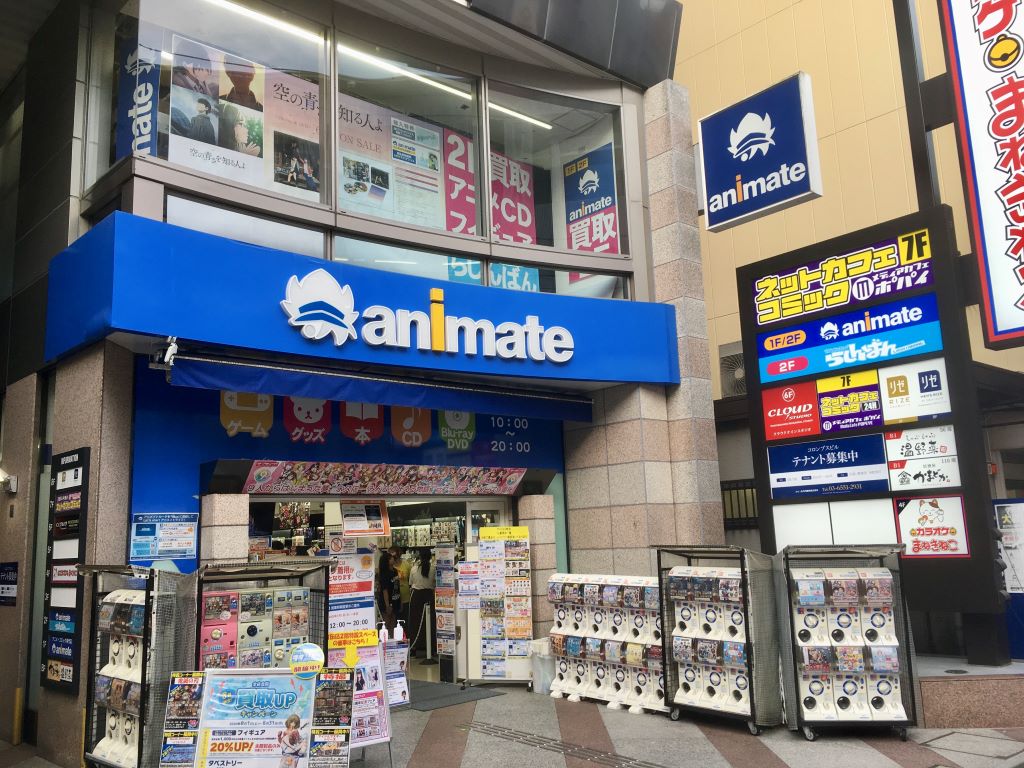
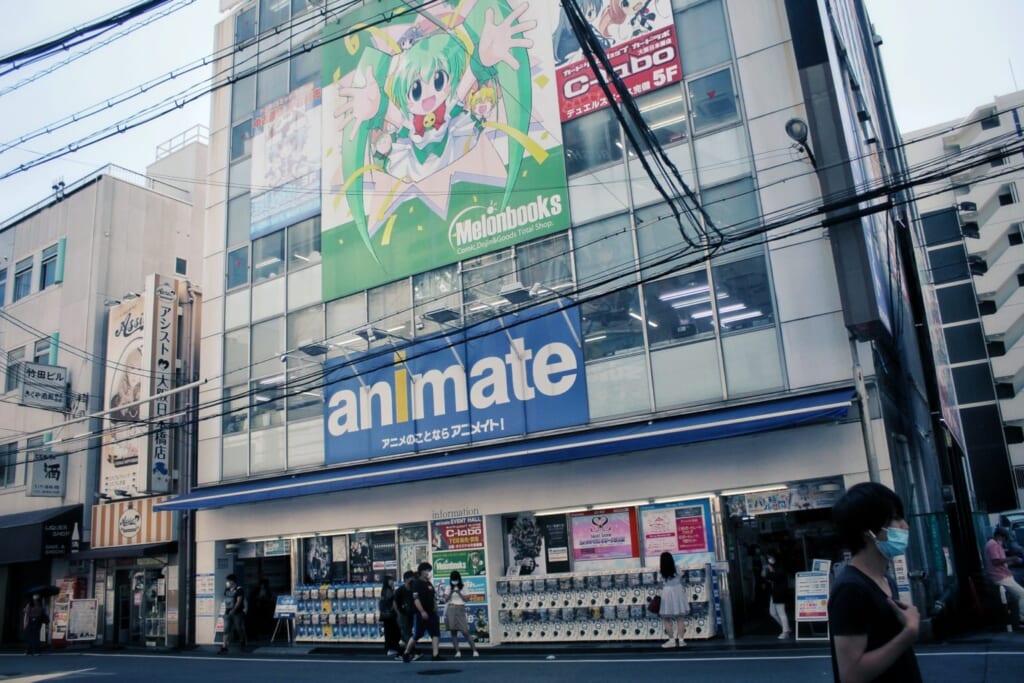
Hidden Costs of Anime Figures at Arcades
With all this said, purchasing figures at retail value is not the only way to pick up new releases, though the alternatives can be just as scary. If you’re familiar with the Japanese arcade scene, you’ve probably seen the countless rows of crane games (called “UFO catchers” in Japanese) that line an arcade’s various floors for, generally, ¥100 a try. Or perhaps you might be familiar with the multiple raffle systems at Japanese arcades, retailers, and convenience stores that guarantee a random prize for a fee of ¥500–¥1,000. While ¥100 or ¥500 may seem like a far cry from the thousands you’d be spending on some new figures at retail, these systems are designed to get you coming back and can be deceptively expensive over time. (Square Enix certainly made a profit off my wife’s shelf of FF7R Ichiban Kuji raffle goods…).
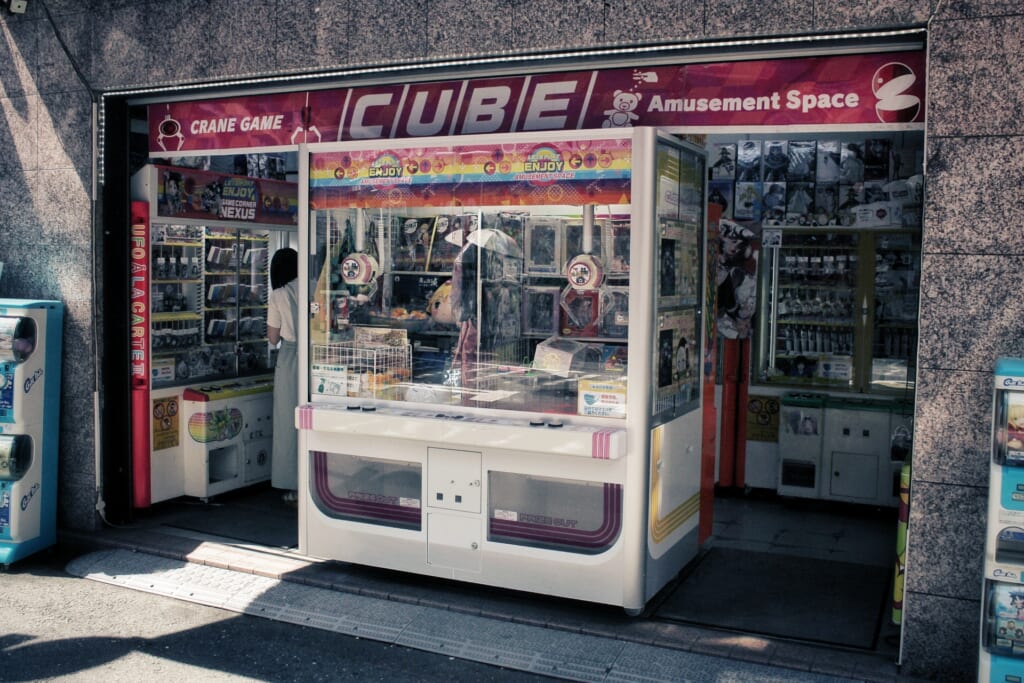
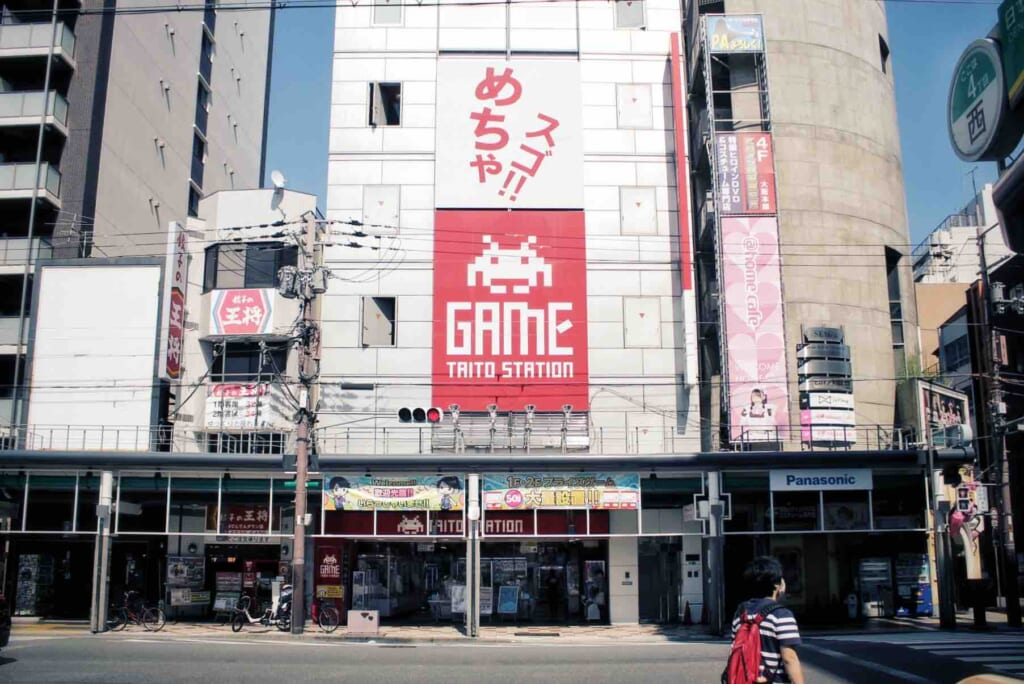
But for those who aren’t willing to invest their life’s savings into collecting figures, there’s another option: buy used!
3 Tips for Saving Money on Used Anime Figures
Collecting anime figures becomes a feasible hobby if you opt for the secondhand alternative, which provides a hugely accessible avenue for getting into the collecting scene. To pros, this tip may seem obvious, or even heretical to some. However, it’s worth noting for any aspiring collector, casual or not, that there are three specific ways you can adjust your searching habits while on the hunt for figures in Japan. While none of these are “secrets,” per se, keeping these three points in mind will help you balance your wants with your wallet.
1) Locate Stores that Sell Low
First and foremost, you need to know where to look. There are numerous popular chains in Japan that either specializes in or are especially popular for their selection of used figures. Lashinbang has been my go-to store, but there are numerous large chains with a focus on otaku goods with reasonable prices, such as Mandarake, Sofmap, and Surugaya. While Tokyo’s Akihabara and Osaka’s Den Den Town are particularly well-known for both these sorts of chains and smaller mom-and-pop stores, you can find Lashinbang located all over Japan. All of these stores sell a variety of anime-related goods.
Knowing where to look for collectibles alone will be enough to get you started. But, as I mentioned in our article on collecting retro games in Japan, Japan also has no shortage of large, secondhand chains that sell items well beyond collectibles. Book Off and Hard Off are two such examples. Less-specialized stores like these, which sell a bit of anything and everything, can sometimes have the best, albeit most hidden, gems for those willing to do a bit of digging.
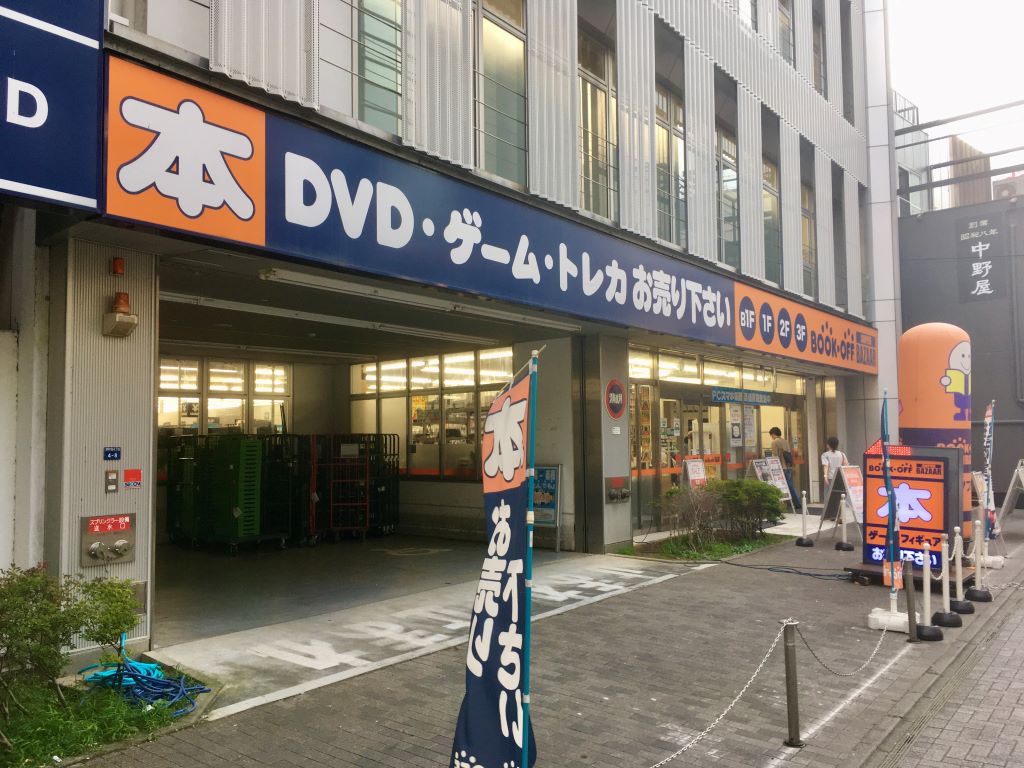
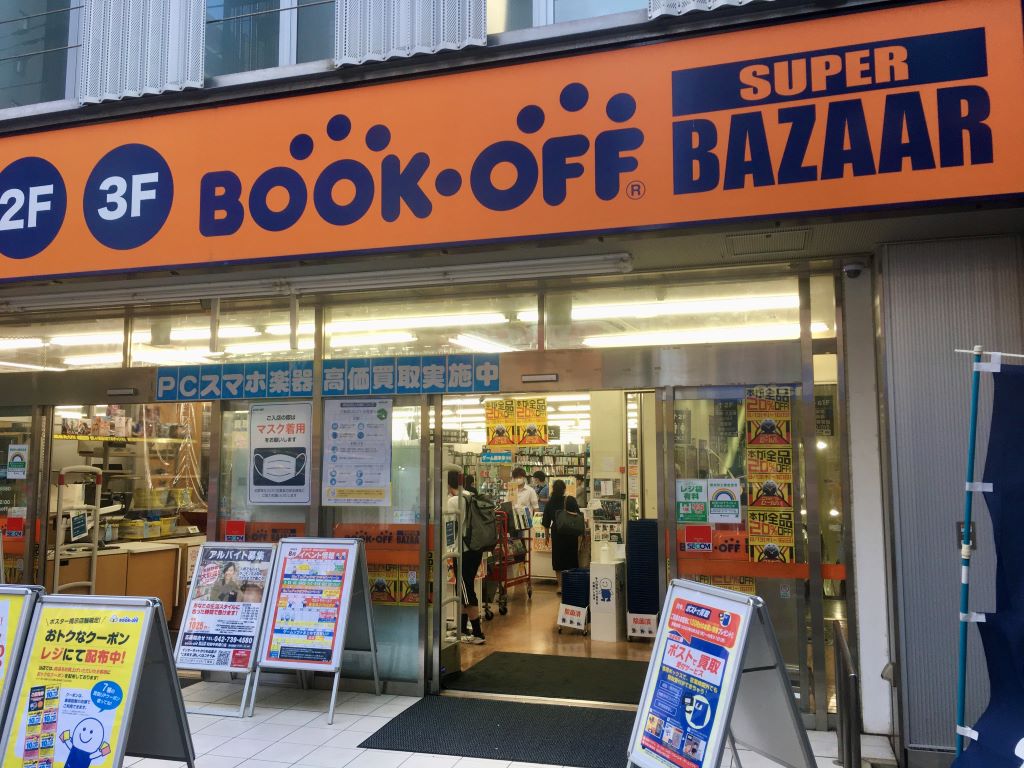
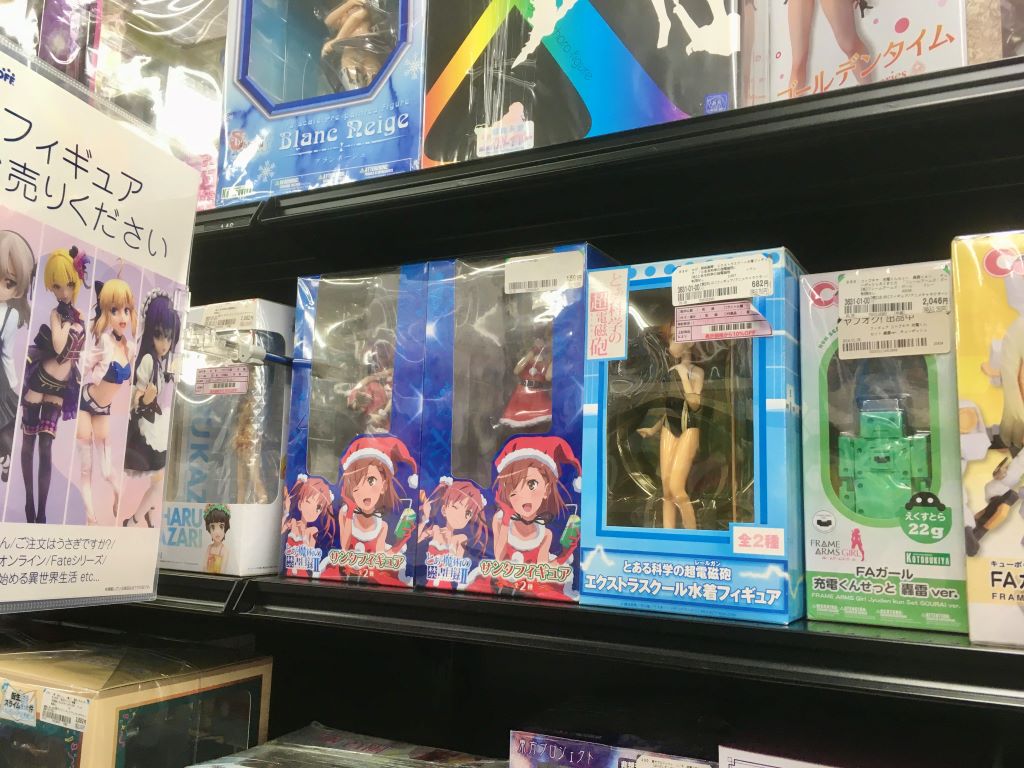
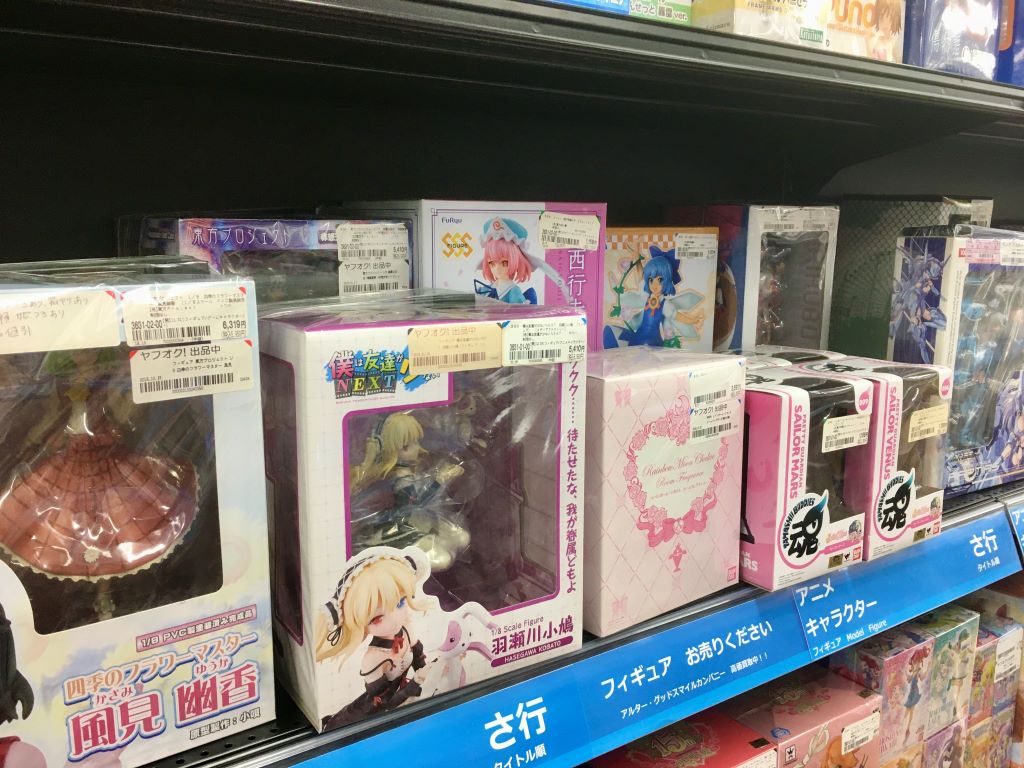
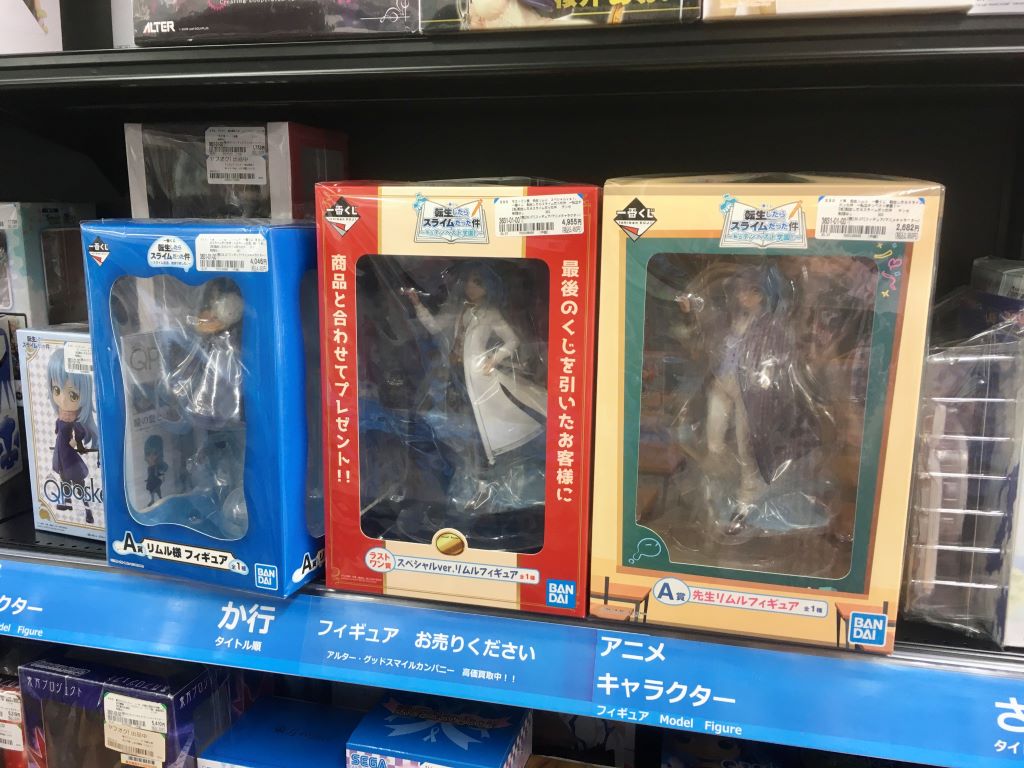
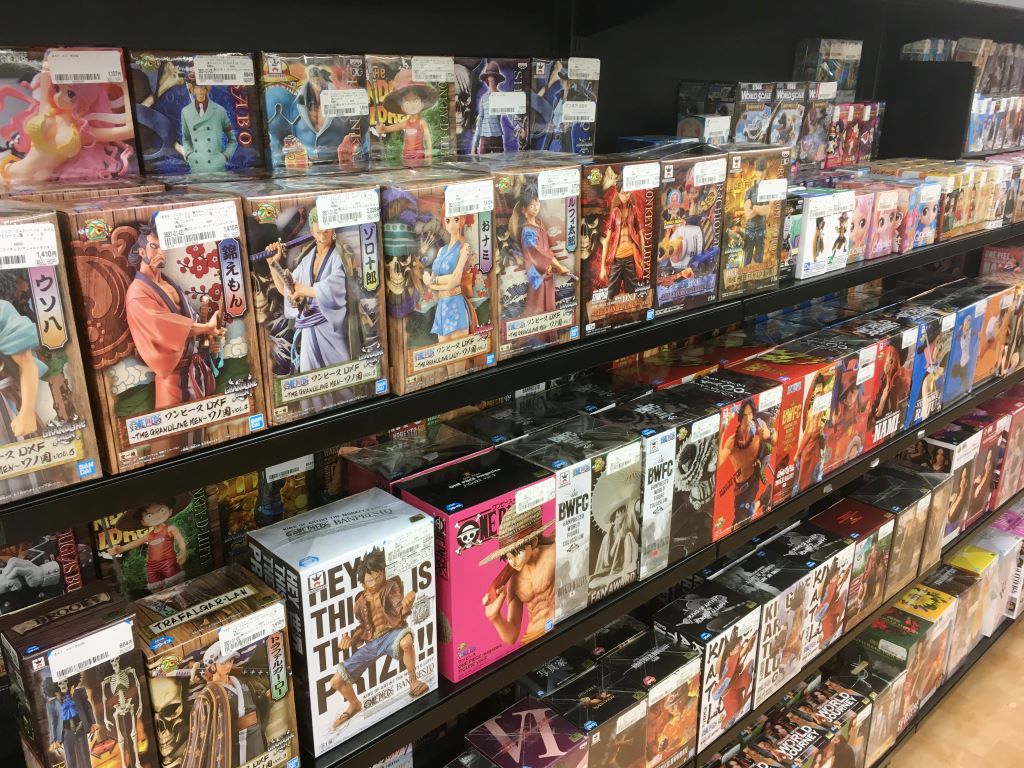
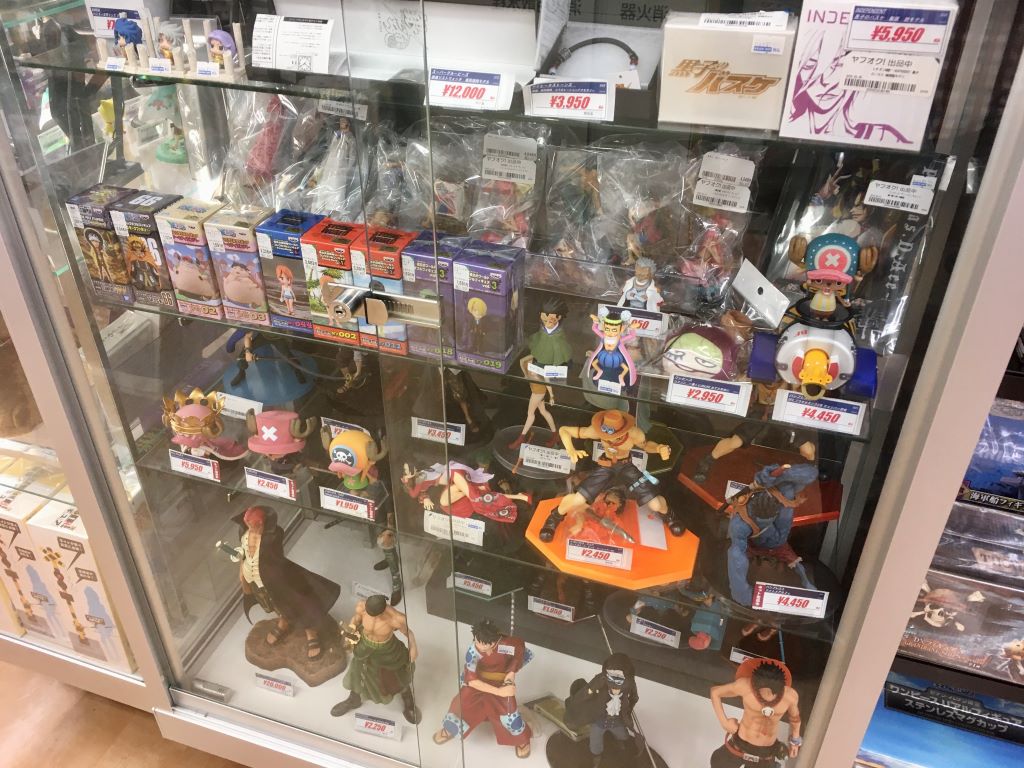
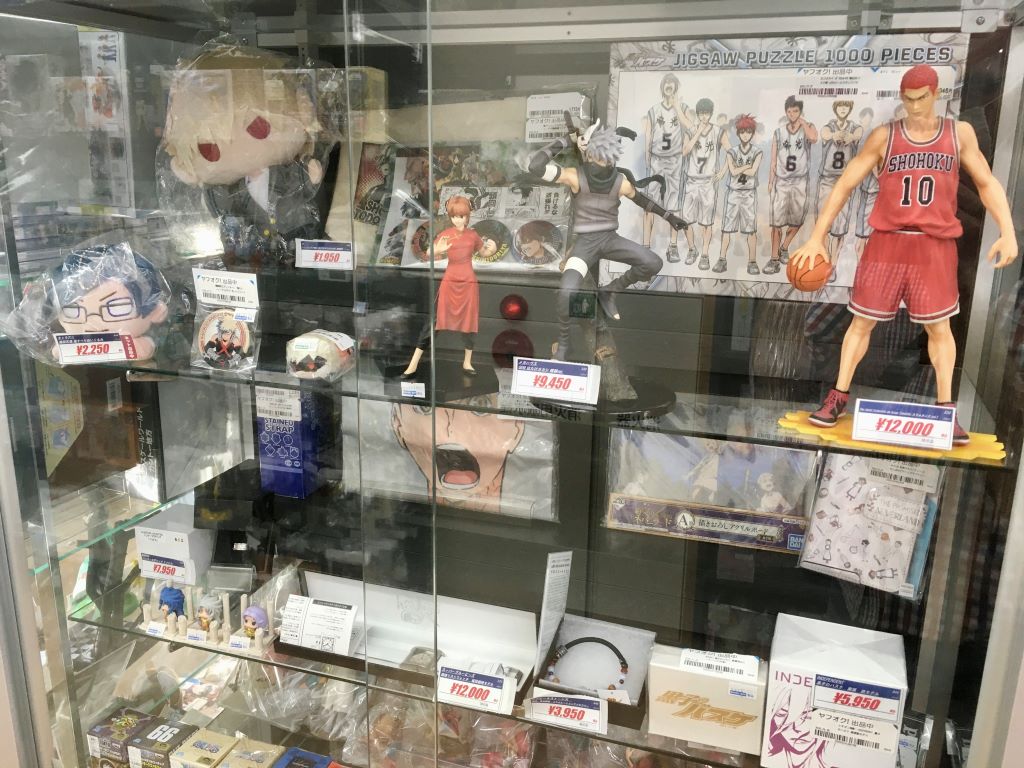
Most of these stores, specialized or not, have some sort of online storefront as well, and numerous other websites allow you to purchase directly from individual sellers, such as Yahoo Auctions and Mercari. However, while these can be the most economical choice, they’re not quite the most friendly option if you’re a short-term visitor.
Okay, but after you’ve found the location, what’s the next step?
2) Decide What Quality You’re Looking For
Once you know where to look, it goes without saying that you need to know what to look for. Like enthusiasts of many hobbies, anime figure enthusiasts naturally have a greater concern for more minute details. These details I mention refer not only to the make of the figure but the quality of its preservation. Is it missing the original box? Does it have a few scuffs? Is it outright broken and in need of some glue? Each of these faults can have an exponential impact on the final selling price. While some may feel it is worth paying premium rates for a figure in mint condition, you need to decide how much these details mean to you.
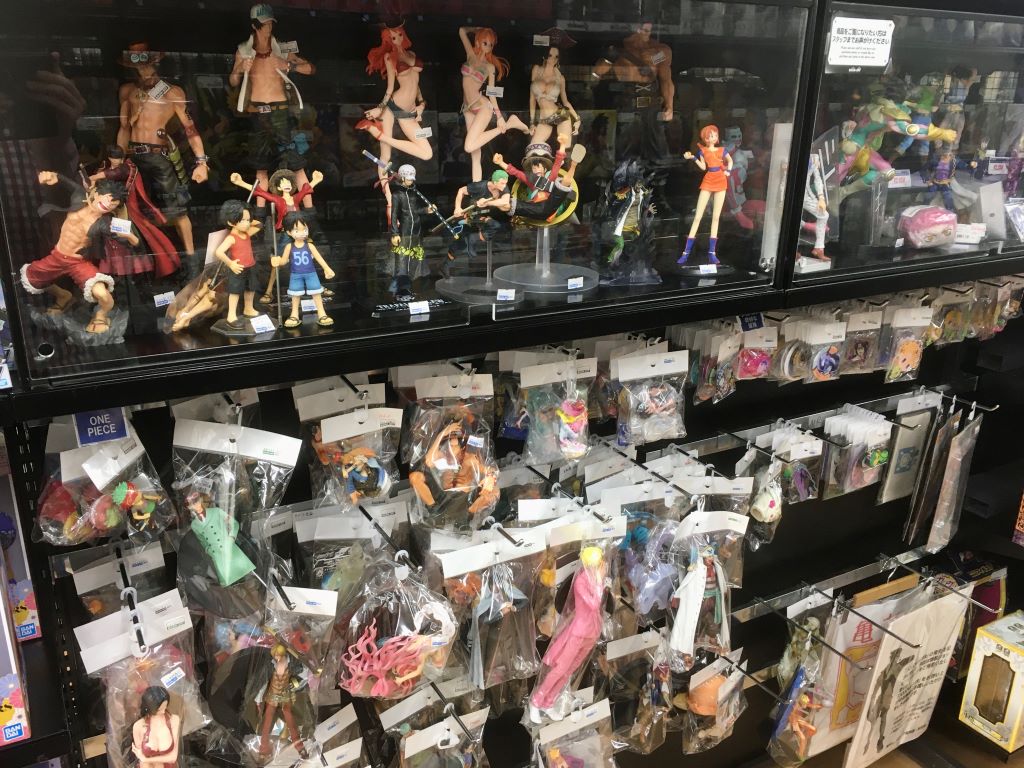
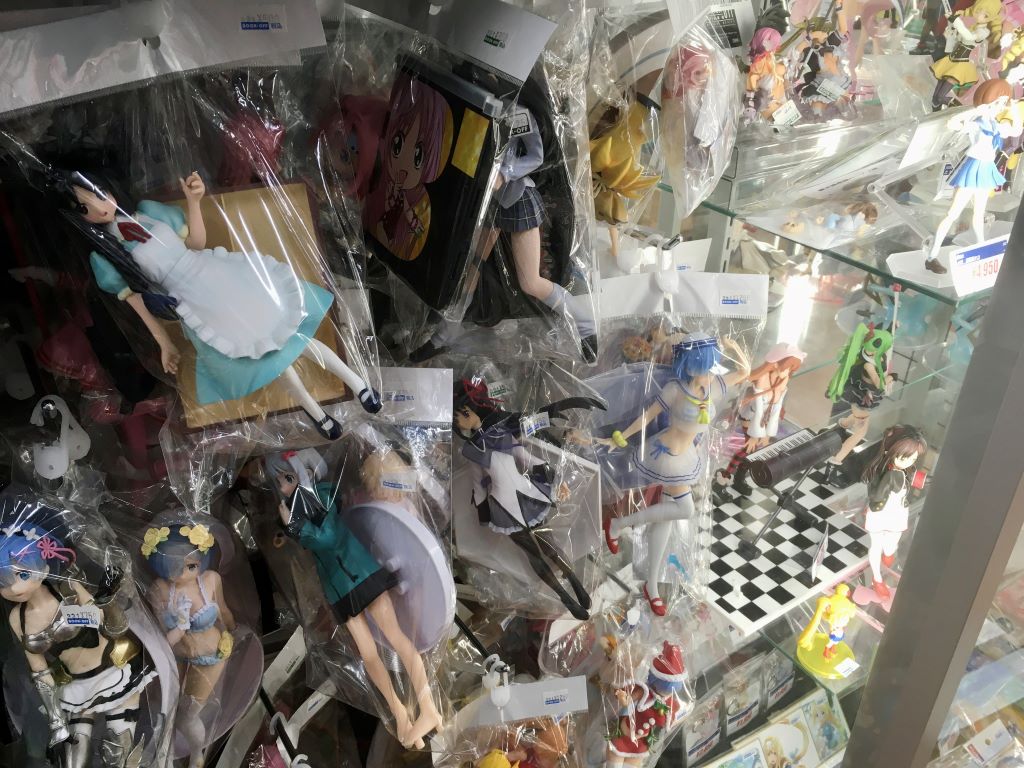
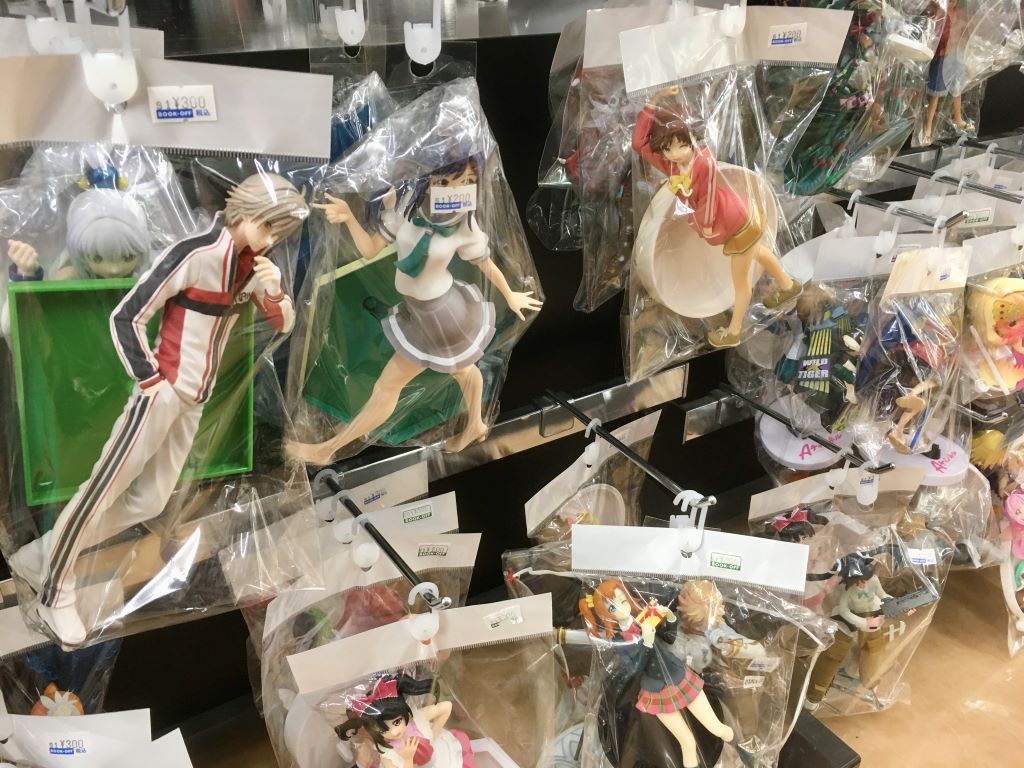
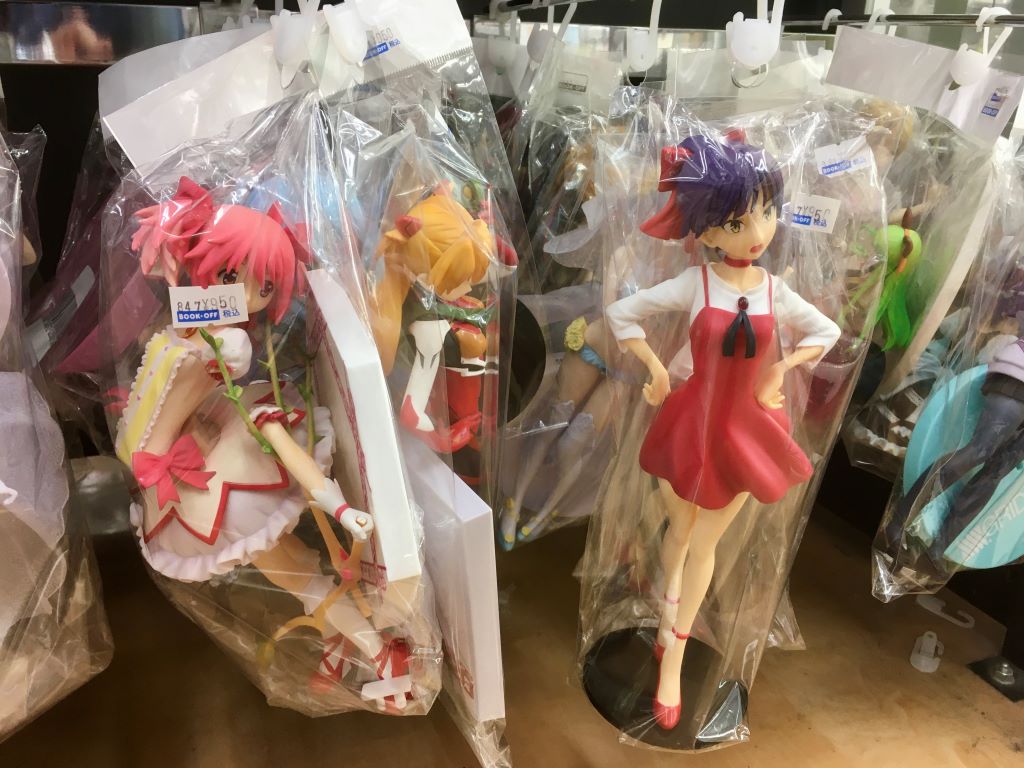
Many casual collectors out there are only interested in displaying their figures, not in preserving or reselling them. I am certainly one of them, and wouldn’t usually go out of my way to purchase a damaged figurine despite the significant price cuts they warrant. However, I would be more than happy to buy an anime figure without a box if it means spending less.
By opening up your search to figures that don’t have their original packaging, you have more options to look at through the walls, racks, and bins of used models sold in bulk at stores like Book Off, as pictured above.
3) Keep an Open Mind When Browsing for Characters
The final, and perhaps most subjective point, is setting expectations for what anime characters to look for. Though the cost of a given anime’s license and high-quality production standards of premium manufacturers may result in the high retail price, it’s the character’s popularity that determines its later market value, especially in the used-figure scene. High prices derived from this phenomenon can take two distinct forms: 1) popular anime characters sold by well-known brands demand a premium fee; 2) fewer goods are produced for a less popular anime results in more proportional demand.
For example, here are a few listings from online shopping sites Mercari and Amazon for cost variance you can expect due to character premiums or downright scarcity.
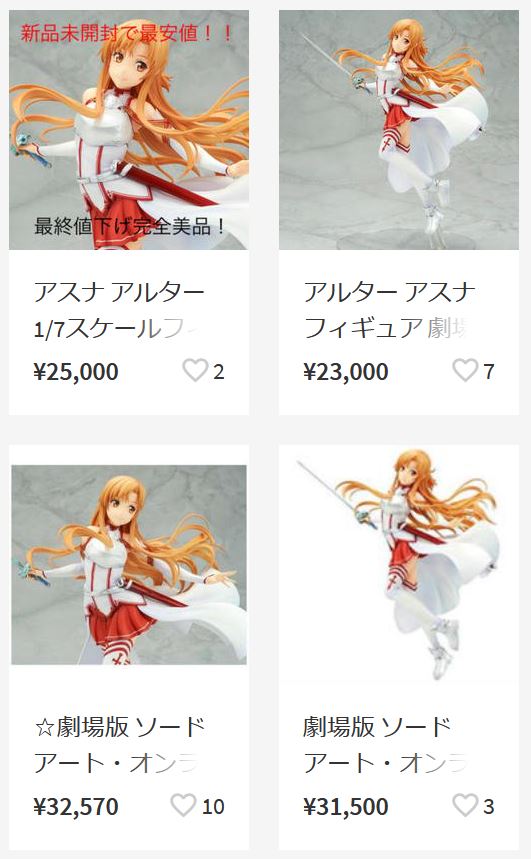
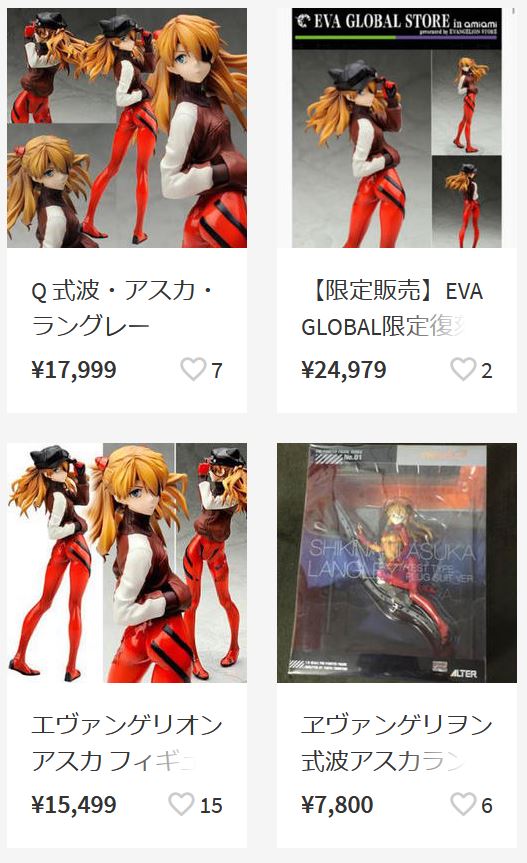
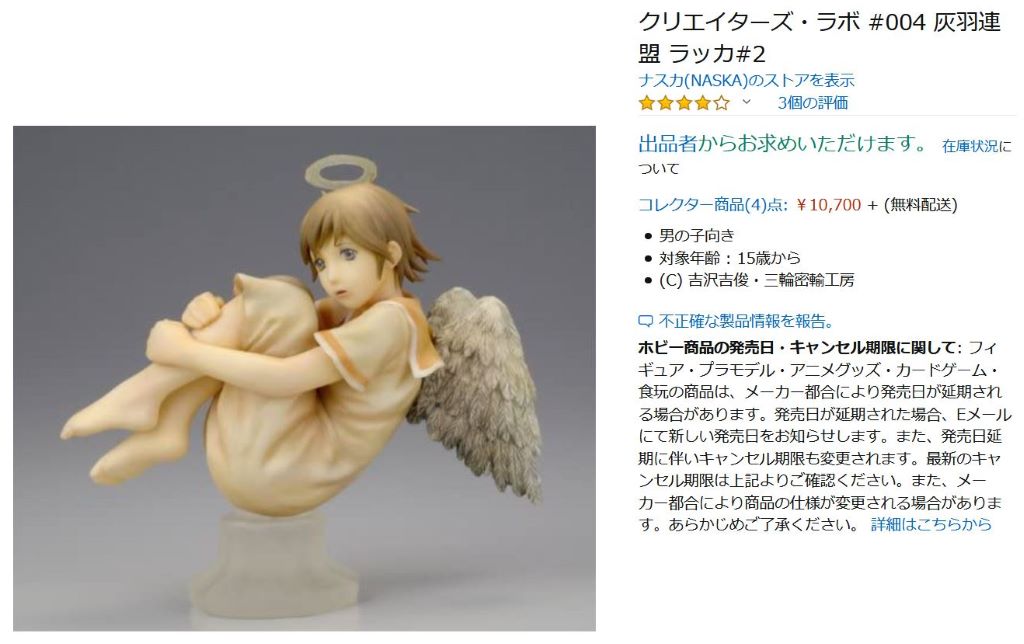
The trick is to find a happy medium. Find a series or character you like that is popular enough to warrant a large production of those collectible goods to avoid bidding wars, but not so popular that it demands a premium. You’re likely to find entire lines of anime figures that fall into these categories, including classic titles like Lupin III. Be aware that you’re more likely to come away with a steal if you’re not looking for one particular character or series, and that keeping an open mind during your hunt is your best bet. Knowing is half the battle!
Conclusion: Shop Used, Where to Shop, and Watch for Quality
In the end, anime figure collecting is not a scary hobby people can make it out to be. If you know where to look, it can make for some of the most memorable AND least expensive souvenirs on your next Japan trip! Of course, there is something to be said for the new anime figure-collecting market, whether you have specific figures in mind for your collection or want to support your favorite series or artist. For these reasons, I would never actively deter anyone who knows what they’re getting into from going “new.” However, opting for secondhand figures can be a great compromise for getting into an otherwise seemingly-inaccessible hobby.
Just remember: Shop used, know where to shop, know what quality you want, and keep an open mind. Happy hunting!
